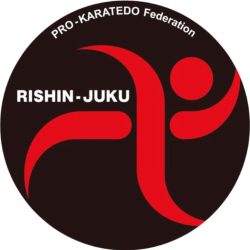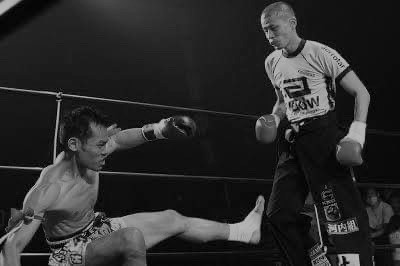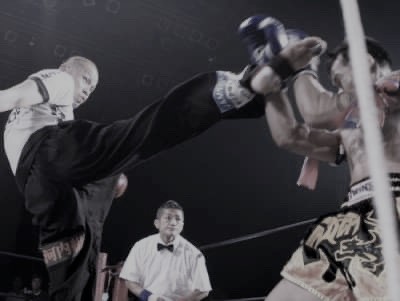Shihan Murai’s Life
Murai was not born strong.
He was a sickly child during kindergarten. He had a weak physical constitution and was hospitalized due to a kidney disease for a year. He was briefly kidnapped by an older girl for a day. The police got involved and the matter got resolved quickly.
At the age of 5, he moved to Hirakata, Osaka. Older kids of the elementary school ambushed him daily on his way home. They bullied him and sometimes even used violence. With his small body and a weak constitution, he could not do much. He was very scared of the bullying of the older kids. The kidnapping and the bullying planted in him strong psychological
traumas.
He realized that only you can protect your own body. This attracted him to karate, where you learn to protect yourself with just your bare hands. Murai wanted to check if he had become stronger through fighting. It was his way to get over his traumas. He apologizes to al those people he hit to resolve his own trauma of feeling weak.
The people who aim for strength through martial arts and combat sports have often some sort of complex or weakness. Now Murai wants to talk, without hiding anything, about the struggle of the continuing process of wanting to become strong.
Murai started training in a nearby karate dojo from my 4th year of elementary school. However, the main focus of training was on kata because it was a traditional Okinawan karate dojo. At that time he looked up to the Kyokushin style of karate, and because he disliked training only kata quit after two years. Now he understands the depth and meaning of kata in Okinawan karate but he thinks could not be expected as a child to understand its depth and profoundness.
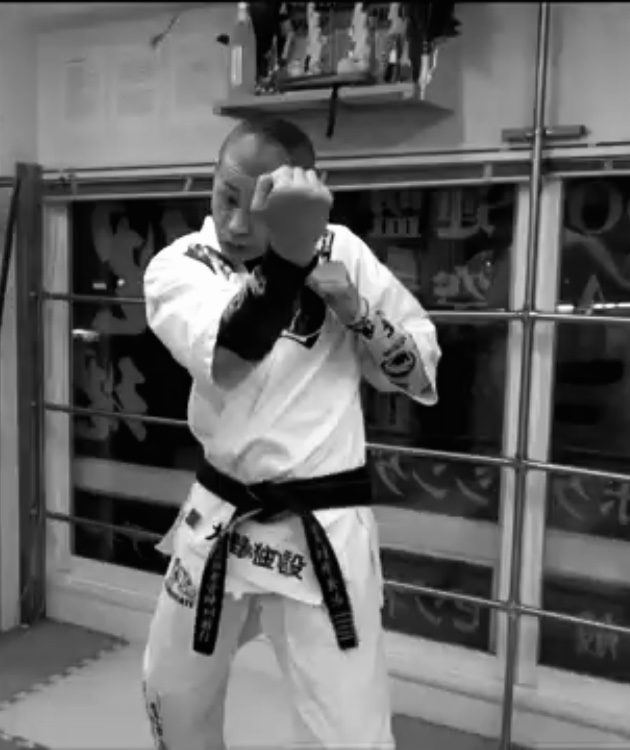
From Murai’s experience, the value of karate’s kata can to a certain degree only be understood by people who had enough real fighting or kumite (sparring) experience. In the karate world it is common practice to let beginners learn kata but Murai disagrees with this method. Kata should be used to bring the techniques of experienced practitioners to even a higher level.
Now, he teaches realistic fighting practices at Rishinjuku. A student needs first to experience enough kumite. Then he lets them study the use of thebody through the kata Naihanchi.
You first need context. The practical application can not be done realistically given directionality without experience in rough and tumble kumite. You need experience in offence, defence, and the feeling of hitting a person.
Murai believes that for the learning process, it is good for beginners to learn rule based karate. Whether it be traditional karate or full-contact karate. That was also his path at first.
In high school, Murai entered the Kyokushin headquarters Osaka dojo. This is a full contact karate style. He participated as a white belt in an open competition and due to winning with a high kick KO, lost interest.
He changed dojo because a new Shidokan dojo was opened in the neighbourhood. After one month of training he entered the Seidokaikan rookie fights and lost the first fight. He was KO’ed during a training by a high kick. Finally being taught the harshness of karate, he devoted himself to real fighting karate.
Murai had his first fight with an adult when he was 16. He had experienced fights at school, but not a street fight. Murai became an Uchideshi (apprentice of karate) during high school. There was an empty lot next to an ice cream shop he worked at during the day. This empty lot became his “kakidameshi” area. “Kakidameshi” is what Okinawans refer to challenge matches. This place is where he tested ways to KO people in real fights.
At that time Murai had won all matches of the Seidokaikan rookie competition by ippon and had a series of victories in fights. He got confidence to fight against one or two opponents. But something was lacking when in a crowd with grappling. He went to Tokyo for further research and training. He tried shootboxing, entered an amateur shootboxing competition. He won all matches with a head kick KO.
What he was seeking was not here, and he returned back to his former dojo. They welcomed him back but the trainings became even harsher. Many of the karate competitions were open weight divisions, making them
harsh on a lightweight like him.
When he was 18, he wanted to test himself in the kickboxing world where they fight at the same weight. He went back to Tokyo and I became a board student at the headquarter of the Shidokan. At the age of 19 he was able to win everything with Ippon in the lightweight class of Shidokan’s All Japan’s Tournament. At that time his way of fighting displayed the results of his karate research.
From kickboxing to Kakidameshi
He debuted in kickboxing as a pro affiliated with the Shidokan in the MA Japanese Kickboxing league. 7 fights, 7 wins. The MA Kick stopped their activity. At that time if you were affiliated one time with a gym or dojo, you weren’t permitted to enter a ring of a different organization.
At the young age of 20 he retired from the world of kickboxing. He went back to “Kakidameshi”. He became a bodyguard of the company president of a business, and entered a life filled with danger. Like this, he left for more than 10 years the world of martial arts and put himself in a place of real violence.
Murai worked also as a bouncer in Osaka, which gave him ample experience in the ways karate can work in real situations. His many experiences of real life encounters proved to himself that his karate is “combat karate” (jissen karate).
Even when resigning from the world of combat sports, Murai is and always was a karateka. He fought for the pursuit of real karate. That pursue allowed him to develop Rishinjuku karate, which he can now train safely with friends and children. He left his violent ways and now wants to guide others who seek strength an confidence in a constructive way.
Yoshiharu Murai CV
Born in 1969 in Osaka and started to learn Okinawan Karate in elementary school.
In 1985, after entering the dojo of Kyokushin Kaikan Karate headquarters in Osaka, he started training at the Shidokan.
He won the 6th All-Japan Seidokaikan student championship series.
He won the first amateur Shootboxing tournament
In 1987, he transferred to the Shidokan general headquarters. He won the 8th Shidokan All-Japan Karatedo Championship Series.
He won 7 of his 7 kickboxing fights (4 KO). He was ranked number 2 featherweight in the Japan’s Martial Arts Kickboxing Federation.
In 2002, at the age of 33, he returned to the world of martial arts and founded Rishinjuku.
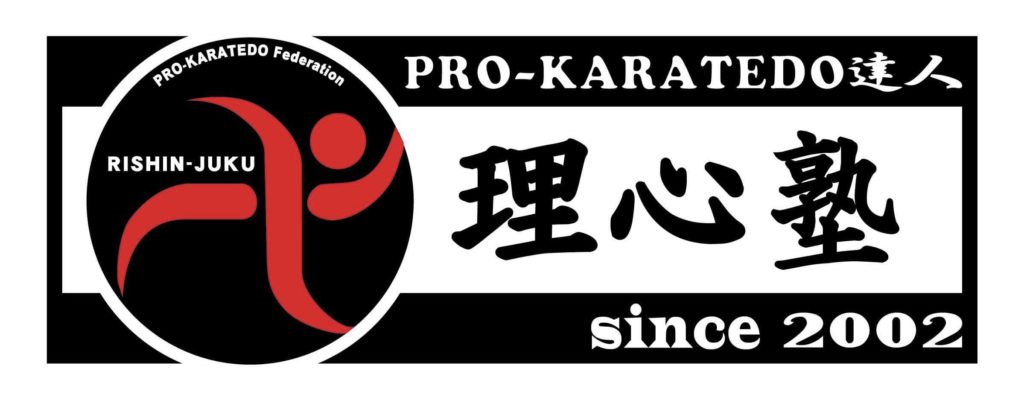
He won the Shinkarate K-2 tournament. He finished second in the All Japan Taido Championship Series (Fullconcatct Kempo). He was the semi finalist at the All Japan Seikukai Fighting Karate Open Weight Championship.
In 2005, he returned to becoming a pro. As a karateka, he started challenge fights with Myanmar Lethwei, Kickboxing, Muay Thai, Mixed Martial Arts etc.
In 2011 He started the PRO- KARATEDO Federation and commenced with the “PRO-KARATEDO Master” event.
In 2013 he was the first reigning champion of the CMA Ishukakutogisen Open Weight Competition. He still pursues the notion of ideal karate while continuing to fight in the ring.
By 2015 his pro record is 17 fights, 11 victories, 5 defeats, 1 draw (6KO) Japan Combative Martial Arts Karatedo
